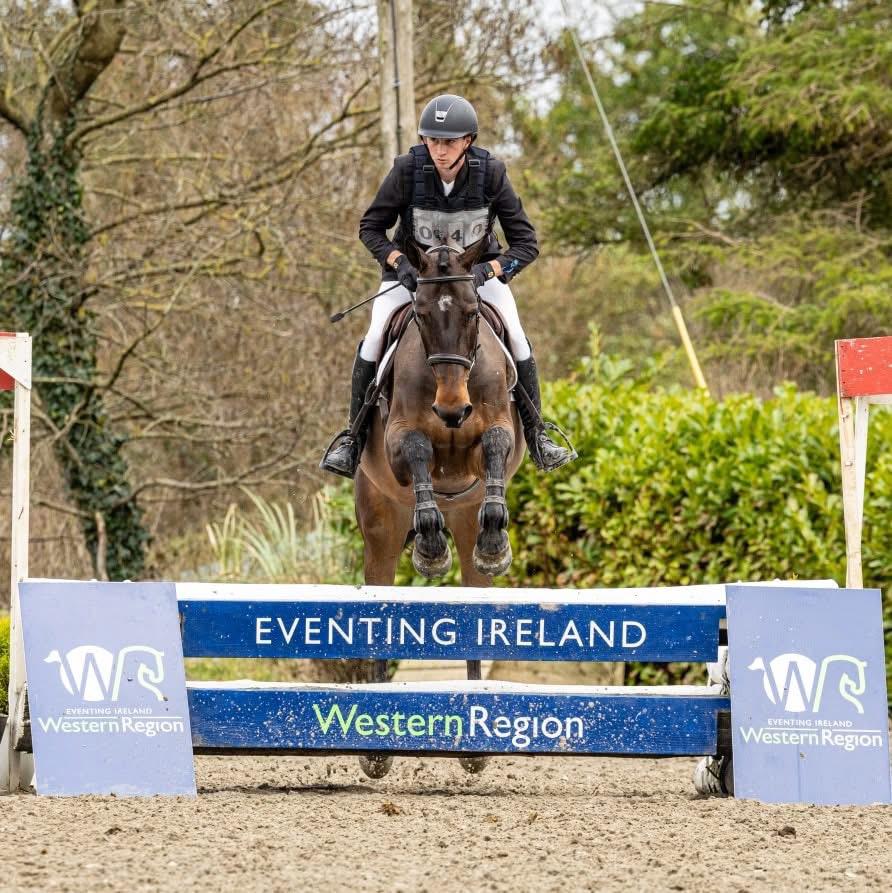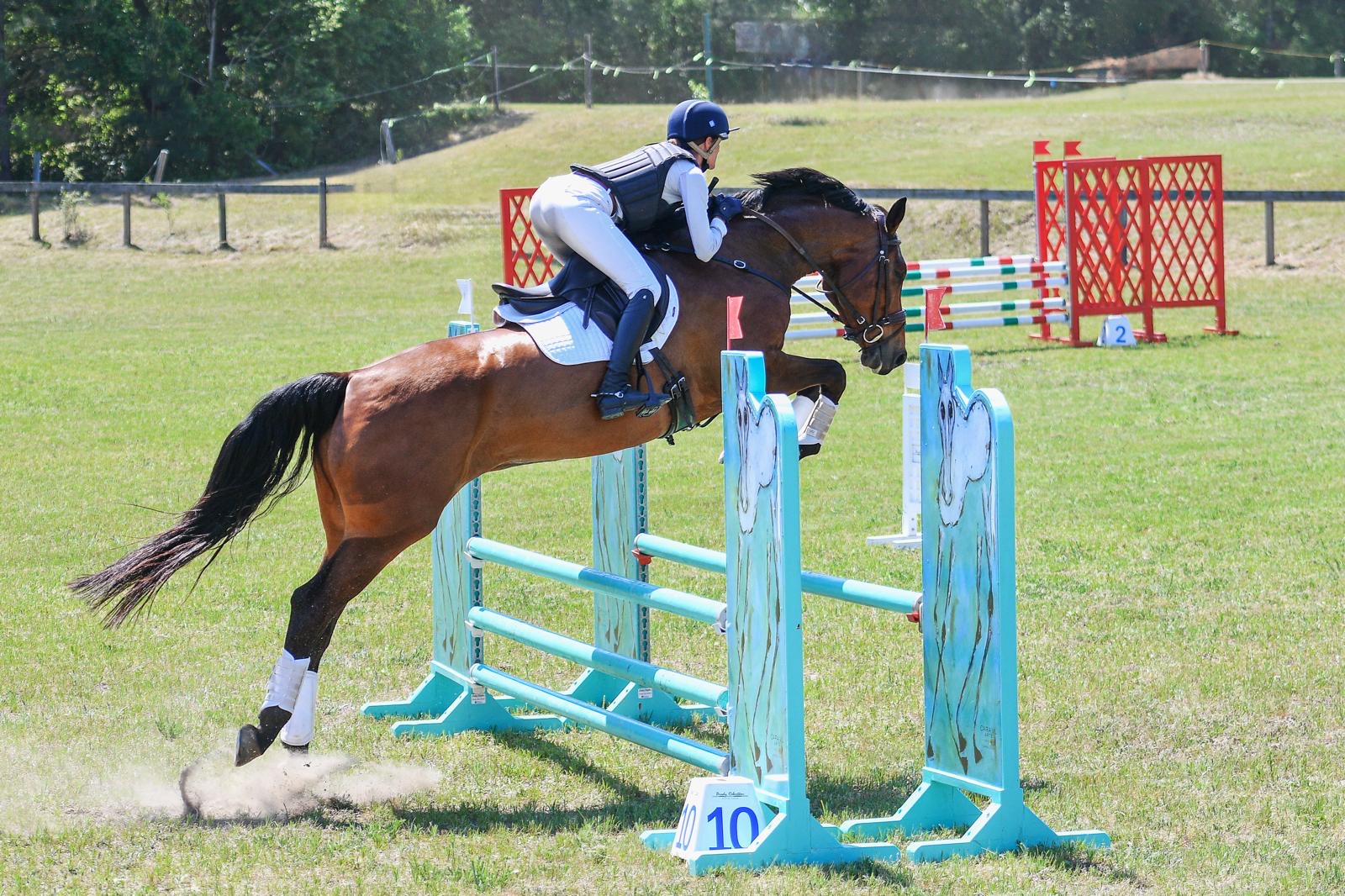
Yasmin Ingham and Banzai du Loir take the individual title at the most recent FEI World Championships (Italy – 2022). Photo by Tilly Berendt.
The buzz was high on social media this week as the FEI’s Non-Rights Holders’ Guidelines for Publishing on Social Media at FEI Named Events were circulated, raising the ire of sport fans and stakeholders at the implications of the rules. “Censorship” and “welfare” were two key trends identified within the various conversations sparked around these rules, and in response the FEI has published a clarifying document to add additional context to these rules.
I’ve done my best to break down these NRH Guidelines, as well as the FEI’s clarification of the policy, below. What I have written in the final section of this article is reflective of my personal experience and opinion as a member of the equestrian media for over a decade.
What is a Non-Rights Holder?
According to the policy, the FEI Non-Rights Holder category includes Athletes, Athlete Support Personnel, Athlete Entourage (e.g. grooms, agents etc.), Horse Owners, National Federations, Officials and Accredited Media, including broadcasters.
A Rights-Holder in this instance refers to a platform that has been designated as the official broadcast platform of the event. This would apply to platforms such as FEI TV, Clip My Horse TV, Horse & Country etc.
What is considered Field of Play?
The Field of Play includes the main arena, warm-up area, kiss & cry, leaders’ lounge and entrance/exit area, as well as the cross-country course in Eventing and the marathon course in Driving.
What is considered an FEI-Named event?
This a select number of events, which the FEI owns the broadcast rights to:
– Longines League of Nations™
– Longines FEI Jumping World Cup™ – Western European League and North American League
– FEI Dressage World Cup™ – Western European League
– FEI Driving World Cup™
– FEI Vaulting World Cup™ Final
– FEI Eventing Nations Cup™
– FEI Championships for Seniors (European Championships, World Championships)
If I’m a spectator at an FEI-Named event, what can I and can’t I do?
“If attending an FEI Named Event (i.e. FEI World Cup round), no, the same rules apply to anyone who has not secured the rights. If at a non FEI-Named event, it will depend on agreements in place between the Organisers and their Rights Holders. If you purchased a ticket for the event, there will likely be Terms & Conditions on the ticket or during the ticket purchase process that details your rights.”
What about events like Kentucky or Badminton? Do these rules apply?
Generally speaking, each individual event will have its own media policy. Field of Play footage is generally prohibited for members of the media, but spectators have historically been non-enforced when it comes to these policies.
Why did the FEI make these rules?
“There have been guidelines in place and publicly available on the FEI website for around 5 years explaining what is permitted for Non-Rights Holders at FEI-Named Events. The FEI’s experience with the previous guidelines was that they were not achieving their purpose; stakeholders seemed confused as to what they could and could not do leading to multiple cases of NRHs publishing FOP content from FEI-Named Events on social media and/or commercialising such content.
Following a review, it was decided to refine and clarify the previous guidelines so that each relevant stakeholder group could have a clear understanding of what is and is not permitted to publish
The main change is in relation to previous references to non-rights holding media being able to post some short clips of the field of play to their Instagram channels, which have now been removed to be in line with the contractual agreements.
This restriction, while it has created some controversy, is standard industry practice in sports, and you will find similar regulations apply to many other sporting events.”
Are these rules intended to be censorship?
“Absolutely not. These guidelines are in no-way an attempt to censor anyone or prohibit transparency at events; they are in place to ensure the rights of Rights Holding Broadcasters at FEI-Named-Events are fully respected. For complete transparency, the events are streamed live and in their entirety on FEI TV and/or the FEI YouTube channel, and are also available to watch afterwards.
If someone sees behavior they have a concern about while on-site at any FEI Event, including the FEI Named Events, there is no issue with the person filming the behavior in question. We strongly encourage anyone who has observed concerning behaviour to report it by sharing the footage directly with the FEI for follow up.”

Huadong Sun and Lady Chin V’T Moerven Z compete in the Tokyo Olympics (2021). Photo by Shannon Brinkman Photography.
What this means for the future
It remains evident that video content is growing in popularity, with many riders and events choosing to move to the TikTok video and Instagram Reel format for sharing their updates from competition and training at home. As a member of the accredited media at both FEI and USEF-sanctioned events, the rules of play have been admittedly unclear and limiting in terms of video capture.
For example, the capturing of Field of Play footage is not allowed at major events such as the Kentucky Three-Day Event and the Maryland 5 Star. EN has worked with the media liasions of these events to ensure that capturing footage for things such as Instagram Reels is acceptable, but I would nonetheless implore the FEI and individual federations such as USEF to enact a more comprehensive media policy that factors in the evolution of content creation. While it’s clear and understandable that a broadcast host (i.e. FEI TV, ClipMyHorse TV, USEF Network, or Horse & Country) should retain all rights to full rounds and Field of Play footage, there still exists a “gray area” in which short-form video should have a place.
While these NRH Guidelines are in place for FEI-named events only at this time, should this evolve into enforcement at all FEI-sanctioned events, it would create a wider issue of enforcement and identification of acceptability. I believe a standard content policy should be created in tandem with these NRH Guidelines so that content creators and official photographers can have their own niche as they continue to play their vital role of promoting the sport and raising its visibility and consumer reach.



































